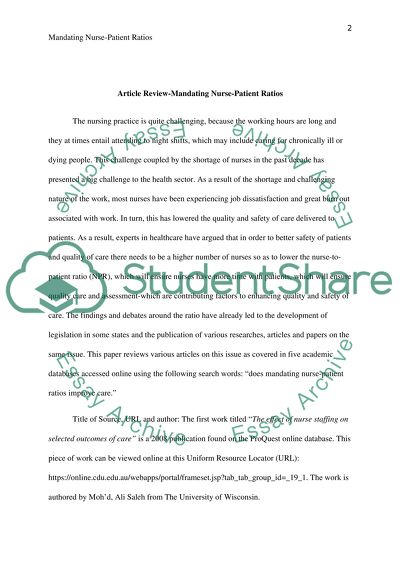Cite this document
(“Does mandating nurse-patient ratios improve care Coursework”, n.d.)
Does mandating nurse-patient ratios improve care Coursework. Retrieved from https://studentshare.org/nursing/1592778-does-mandating-nurse-patient-ratios-improve-care
Does mandating nurse-patient ratios improve care Coursework. Retrieved from https://studentshare.org/nursing/1592778-does-mandating-nurse-patient-ratios-improve-care
(Does Mandating Nurse-Patient Ratios Improve Care Coursework)
Does Mandating Nurse-Patient Ratios Improve Care Coursework. https://studentshare.org/nursing/1592778-does-mandating-nurse-patient-ratios-improve-care.
Does Mandating Nurse-Patient Ratios Improve Care Coursework. https://studentshare.org/nursing/1592778-does-mandating-nurse-patient-ratios-improve-care.
“Does Mandating Nurse-Patient Ratios Improve Care Coursework”, n.d. https://studentshare.org/nursing/1592778-does-mandating-nurse-patient-ratios-improve-care.


